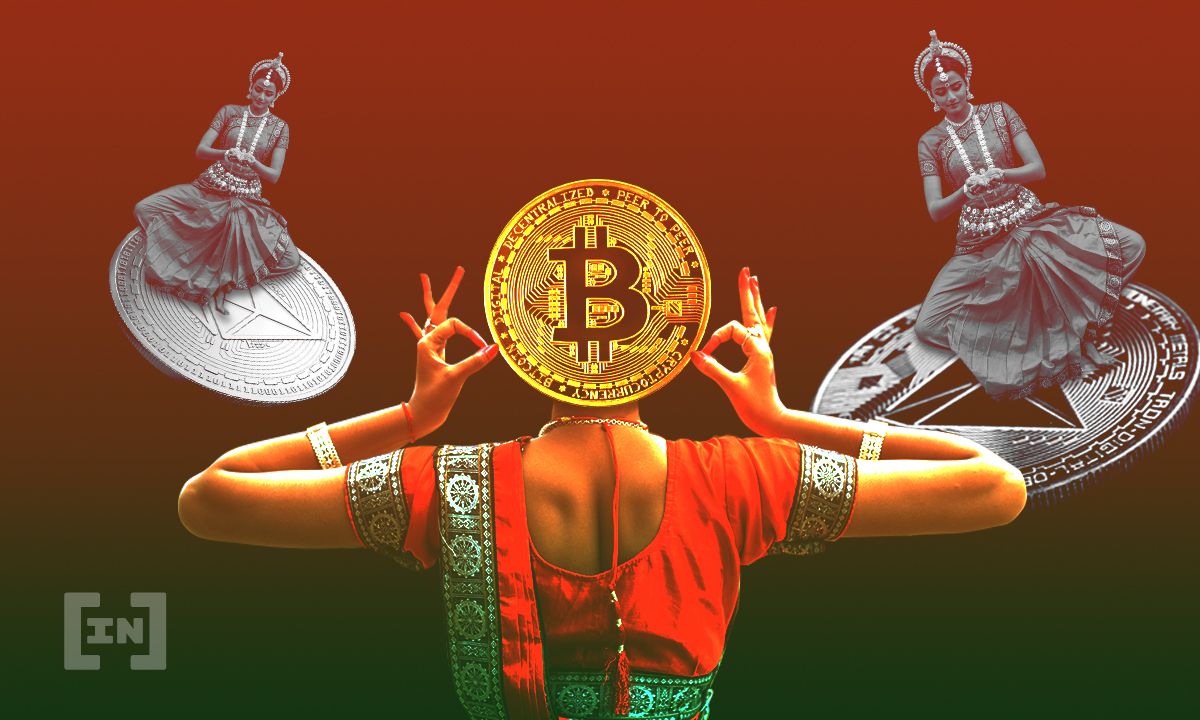A recent study of urban Indians revealed certain characteristics of cryptocurrency holders in the South Asian country.
Branding and analytics firm Kantar conducted a survey of 2,000 consumers in India between the ages of 21 to 55. Respondents were tallied from across the country of 1.3 billion, including from cities such as Mumbai, Delhi, Chennai, Kolkata, Pune, Hyderabad, Bangalore, Ahmedabad, Indore, Patna, Jaipur and Lucknow.
The survey found that Indians are currently trying to better understand how cryptocurrency works and whether it is worth the investment. The results showed that most Indians who own cryptocurrency are in the age bracket of 21 to 35 and live in metro cities. The study also reported that about 83% of urban Indians are aware of cryptocurrency, while another 16% actually own cryptocurrency. Cryptocurrency owners have a “higher risk appetite,” and generally prefer crypto and mutual funds over fixed deposits and life insurance.
Differing interests
Among urban Indians, those from Delhi had the most interest in crypto, at 21%, followed by Mumbai at 17%, Bangalore at 12%, Hyderabad at 7% and Pune at 6%. Among cryptocurrencies, Bitcoin was the most favored, at 75%, followed by Dogecoin at 47%, Ethereum at 40%, Binance’s coin at 23% and Ripple’s XRP at 18%.
Meanwhile, crypto traders favored exchanges such as WazirX, Zebpay, Coinswitch and Kuber the most. Some 70% used these exchanges to buy Bitcoin, another 78% for Dogecoin and 70% for Ethereum.
Non-metro crypto growth
Although Kantar claims that this is the first such survey in the country, registration data from crypto exchange and service providers paints a slightly different picture. According to that data, the spread of cryptocurrencies in India is being driven by adoption from young investors from non-metro cities.
Cities in India are classified by taxes and subsidies according to population size, with the largest 8 classified as metropolitan, with the remaining ‘Tier 2’ and ‘Tier 3’ cities known as non-metros. Now, a wave of young investors from these non-metro cities are flooding to exchanges to trade stocks and cryptocurrencies.
Enrollment from the top 30 non-metro cities grew at a 30% higher rate than in metro cities, according to Paytm Money. Additionally, 60% of the new users of online wealth management platform INDMoney are from tier II and tier III towns. Similarly, crypto trading platform CoinSwitch Kuber reported a 135% month-on-month growth in enrollment from non-metro cities since June last year.
What do you think about this subject? Write to us and tell us!
Disclaimer
In adherence to the Trust Project guidelines, BeInCrypto is committed to unbiased, transparent reporting. This news article aims to provide accurate, timely information. However, readers are advised to verify facts independently and consult with a professional before making any decisions based on this content. Please note that our Terms and Conditions, Privacy Policy, and Disclaimers have been updated.


